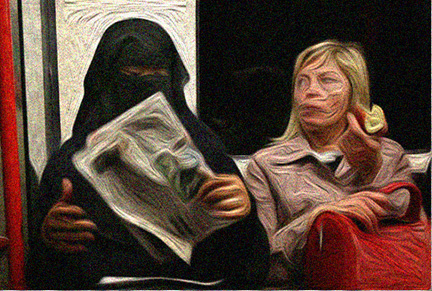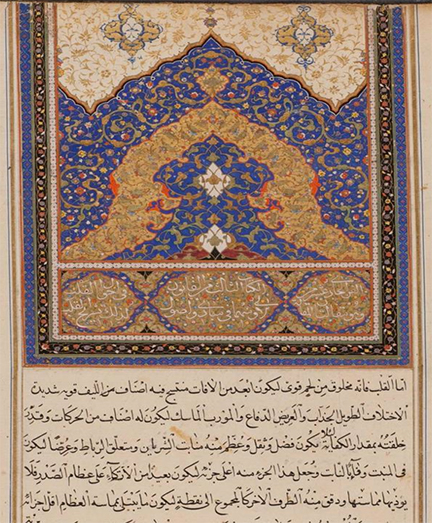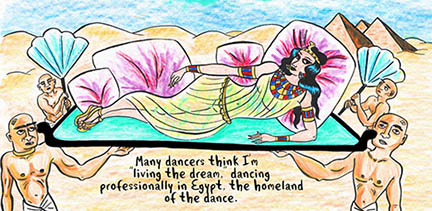
By Amanullah De Sondy, Sacred Matters
A recent Pew Research Center study indicated how “people†in various Muslim countries “prefer†Muslim women to dress. The results are varied from fully veiled dress to no veil at all. There seems to be no turning away from public interest in Muslim women and the flurry of commentaries from public intellectuals has begun. Beyond the polemics of discussions on Muslim women, I’m interested to interrogate the notion of “preference†in this matter and ask, “Who are these ‘people’?â€
Issues of women and veiling may seem simple at face value but in fact, they are complex and require interrogating a variety of themes and concerns in Islamic cultures and societies.
The way in which anyone covers his or her body is bound to considerations of gender, culture and politics. Continue reading Muslim Men: Please Shut Up About Women!








